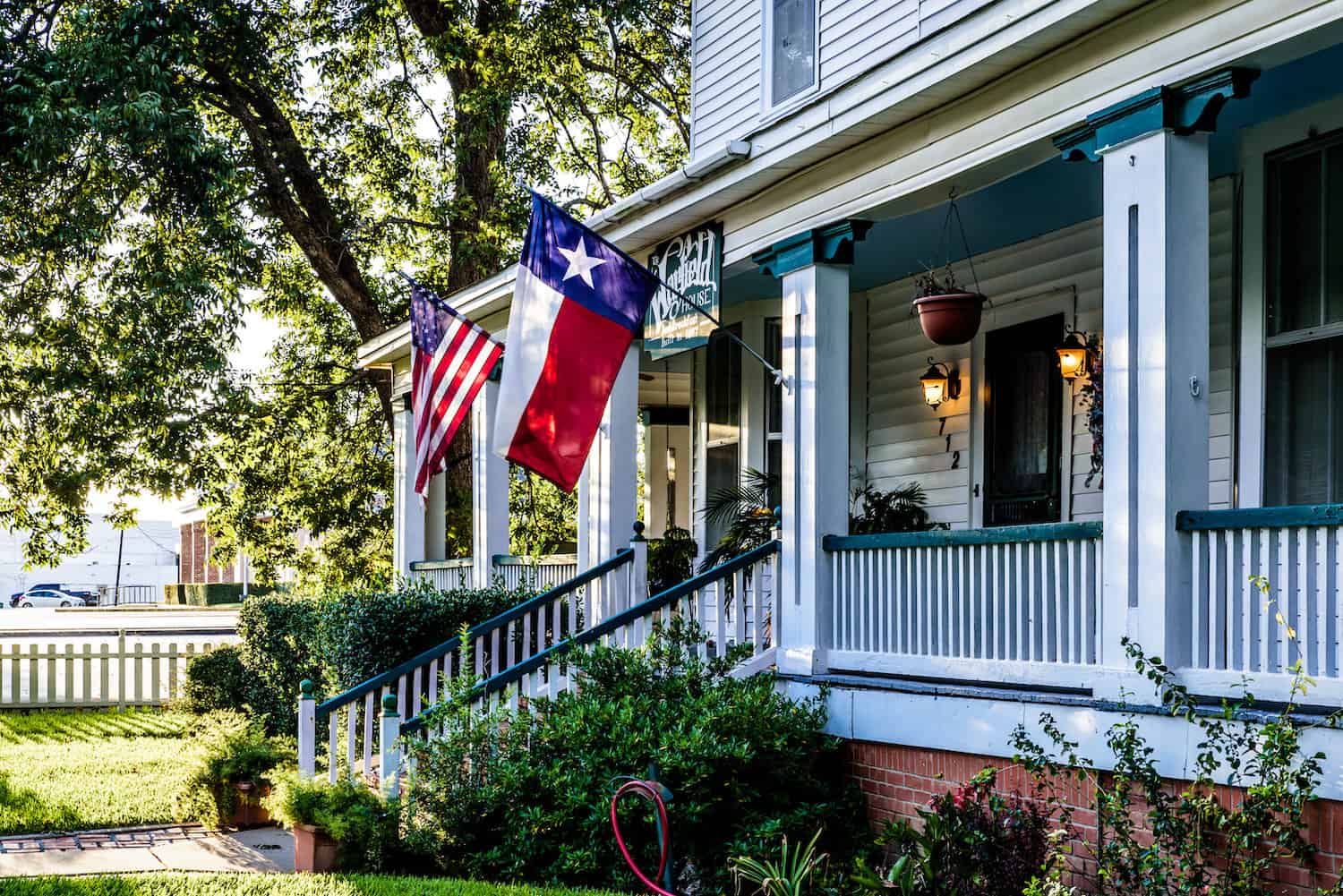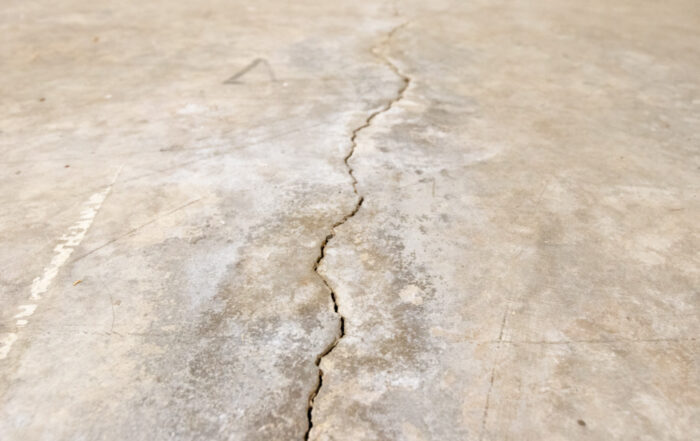Realtors Guide: How Trees & Shrubs Can Damage Your Texas Foundation

Trees and shrubs bring beauty, shade, and curb appeal—but in Texas, they can also bring trouble. That charming landscaping might be secretly wreaking havoc on your foundation! Whether you’re a homeowner, buyer, or seller, knowing what to look out for can save you thousands in repairs down the line.
Let’s dig in (pun intended) to which trees and shrubs are the biggest threats—and what to do about them.
The Root of the Problem: How Damage Happens
You might be wondering: Can tree roots damage a foundation? The short answer is yes—and it’s more common than you’d think.
Here in Texas, we have clay-rich soil that expands when it rains and shrinks when it dries. Certain tree and shrub roots make this worse by extracting moisture from the soil, causing it to shift beneath your home. This natural swelling and shrinking, called subsidence, can lead to cracks, uneven floors, or worse.
Some roots are also strong enough to grow into existing cracks in your foundation—or push against it with enough pressure to cause structural movement.
Trees That Could Cause Trouble
Not all trees are created equal when it comes to root systems. Here are the ones to look out for in your yard—or when touring a property.
Poplar
Fast-growing and shade-friendly, but their shallow, aggressive roots can stretch two to three times the height of the tree. A big red flag near any home!
Oak
With roots that can spread up to 100 yards, oaks are serious offenders. Their roots are notorious for creeping into foundations and plumbing systems.
Sycamore
Sycamores are ancient and majestic—but their powerful root systems often spread wide and deep, causing upheaval in the soil around them.
Ash
Especially the white ash, this species is known for water-seeking roots that thrive in moist soil—right where your foundation and pipes might be.
Willow
Common near rivers and streams, willow trees are drawn to moisture. Their roots can break through pipes and compromise soil stability around your home.
Magnolia
Wondering will magnolia tree roots damage house foundations? Unfortunately, yes. While stunning in bloom, magnolia roots tend to grow close to the surface, brushing right up against foundations and plumbing lines.
Don’t Sleep on Shrubs Either
Sure, they’re small—but the answer to can shrub roots damage foundation is a big YES. Some shrubs may be cute, but they pack a punch underground.
Boxwood Shrubs
A landscaping favorite with shallow, widespread roots. When planted too close to your house, they can suck moisture from the soil and lead to cracking.
Holly Bushes & Trees
Hollies are drought-tolerant but aggressive. If not watered regularly, their roots go hunting—right into your foundation or plumbing system.
English Ivy
Beautiful on brick… until it takes over your foundation. Ivy roots love to settle into existing cracks and crevices, potentially worsening structural problems over time.
What You Can Do
Step 1: Ask About Root Barriers
These underground barriers are installed around foundations to redirect root growth and protect your home. If a property already has one—great! If not, it might be time to consider it.
Step 2: Look for Warning Signs
Cracks in walls, sticking doors, sloping floors—these could all point to root-related foundation damage. Combine that with risky landscaping, and you may have a problem brewing.
Step 3: Call the Pros at Perma Pier
We offer a no-cost foundation evaluation to determine if tree or shrub roots are impacting your home. You’ll get a free repair estimate and a written report—perfect for buyers or sellers preparing disclosures or inspections.
Oh, and in case you’re wondering: Is tree root damage to foundation covered by insurance? Usually not. Most homeowners insurance policies exclude damage from tree roots, making early detection and prevention even more important.
Don’t Wait Until Cracks Appear!
If you spot any of these plants near your home—or see signs of foundation movement—get ahead of it. Our team at Perma Pier is here to help you with expert foundation repair and protect your biggest investment.



